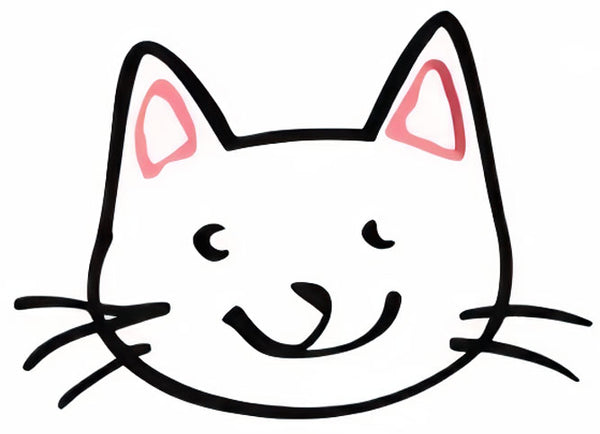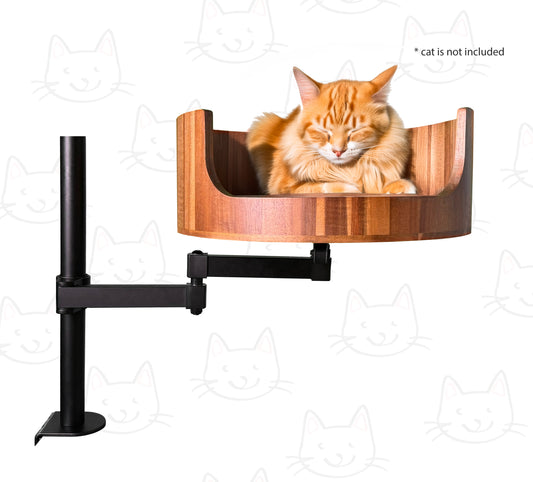
Why Do Cats Tail Vibrate: Understanding Feline Behavior
Share
Have you ever noticed your cat’s tail vibrating or quivering when they are in a certain mood or situation? This puzzling feline behavior has intrigued cat owners all over the world. In this article, we will explore the reasons behind why cats tail vibrate, shedding light on their fascinating behavior and communication methods.
Understanding your cat’s tail vibrations can provide valuable insights into their emotional state and intentions. From expressions of excitement and anticipation to signs of fear or aggression, tail vibrations play a crucial role in feline communication. We will delve into the various contexts in which cats exhibit this behavior, helping you decipher your furry friend’s messages more effectively. Additionally, we will discuss the significance of tail vibrations in the broader spectrum of cat behavior, along with tips on how to respond and interact with your cat in different situations. Stay tuned to uncover the mysteries behind why cats tail vibrate and enhance your understanding of your beloved feline companion.
1. Tail vibrating in cats is a form of communication and can convey various emotions, such as excitement or agitation.
2. This behavior can indicate a cat's interest in an object or person, acting as a way to express curiosity or playfulness.
3. Cats may also tail vibrate as a signal of impending aggression, serving as a warning to back off.
4. Understanding tail vibrations can help cat owners better interpret their pet's feelings and responses in different situations.
5. Overall, tail vibrating is a complex behavior that reflects a cat's emotional state and can provide valuable insights into feline behavior and communication.
Understanding Cat Tail Vibration
Cat tail vibration is a fascinating behavior that often leaves cat owners puzzled. This behavior is often seen when a cat is feeling excited, anxious, or trying to communicate something. Cats will often hold their tail upright and vibrate the tip in a rapid manner. This behavior is believed to be a way for cats to release excess energy or tension. It can also be a sign that the cat is feeling overwhelmed or overstimulated.
Common Triggers for Tail Vibration
There are several common triggers that can cause a cat to exhibit tail vibration. One of the most common triggers is playtime. Cats are naturally playful creatures and may become overexcited during play sessions, leading to tail vibration. Other triggers include meeting a new person or animal, being in a new environment, or feeling threatened by a perceived danger.
Health and Behavioral Implications
While tail vibration is typically a harmless behavior, it can sometimes indicate underlying health or behavioral issues. If a cat is exhibiting tail vibration frequently or in response to benign stimuli, it may be a sign of stress or anxiety. In some cases, tail vibration can also be a symptom of a medical condition such as hyperthyroidism or nerve damage. It's important to observe your cat's overall behavior and consult with a veterinarian if you have any concerns.
How to Respond to Tail Vibration
When your cat is exhibiting tail vibration, it's important to pay attention to their body language and surroundings to determine the cause of the behavior. If the cat seems overexcited or anxious, it may be helpful to provide them with a quiet space to relax and unwind. Engaging in interactive play or providing mental stimulation can also help to redirect their energy in a positive way. Additionally, it's important to establish a routine and provide a safe and comfortable environment for your cat to thrive.
Frequently Asked Questions about Cats Tail Vibration
Why do cats' tails vibrate?
When a cat's tail is vibrating, it usually indicates excitement or anticipation. This behavior is often seen when a cat is about to pounce on a toy or hunt prey. It can also be a sign of agitation or frustration, so it's important to pay attention to the context in which the tail is vibrating.
Is tail vibration a form of communication for cats?
Yes, tail vibration can be a form of communication for cats. It is often used to signal their emotions or intentions to other animals or humans. For example, a vibrating tail paired with dilated pupils may indicate that a cat is feeling playful and ready to engage in a game or hunting behavior.
Should I be concerned if my cat's tail is vibrating excessively?
If your cat's tail is constantly vibrating or if the behavior seems out of the ordinary, it may be a cause for concern. Excessive tail vibration could be a sign of stress, anxiety, or a medical issue. It's best to observe your cat's overall behavior and consult with a veterinarian if you have any concerns.
Can providing a Desk Cat Nest help reduce tail vibration in cats?
While a Desk Cat Nest can provide a cozy and secure space for your cat to relax and destress, it may not directly address the underlying reasons for tail vibration. However, creating a comfortable environment for your cat can potentially help reduce stress and anxiety, which may in turn decrease instances of tail vibration.
In conclusion, understanding why cats' tails vibrate is an important aspect of feline behavior. Providing a comfortable and secure space for your cat, such as the Desk Cat Bed, can help alleviate stress and anxiety, ultimately reducing the likelihood of tail vibrations. The Desk Cat Bed offers a cozy and elevated spot for your cat to relax, promoting a sense of security and comfort. By investing in the Desk Cat Bed, you can ensure that your feline friend has a peaceful and calming environment to prevent unnecessary tail vibrations.



















































